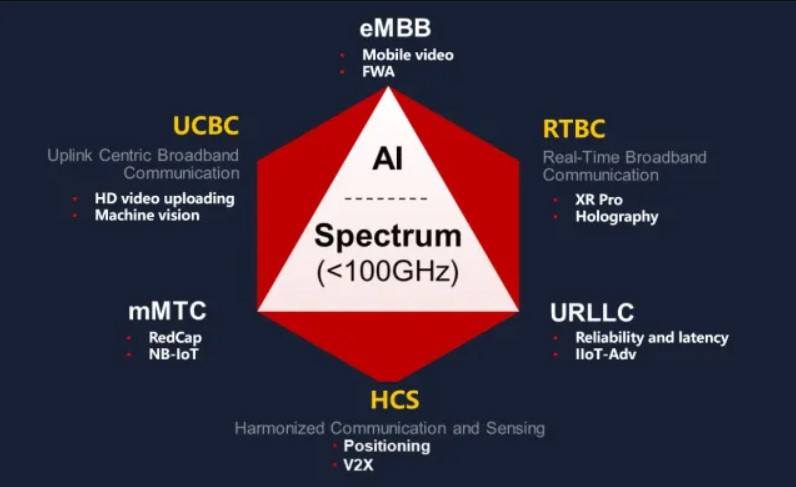In the rapidly evolving world of telecommunications, 5G has already brought revolutionary changes. However, the upcoming 5G-Advanced (Release 18) promises to take these advancements to the next level. Let’s explore how 5G and 5G-Advanced differ, focusing on the innovations introduced in 3GPP Release 17 and Release 18.

What is 5G-Advanced?
5G-Advanced is the next phase of 5G, building on the foundational capabilities of 5G with enhancements that address both current and future connectivity demands. It is designed to push the boundaries of network performance, efficiency, and intelligence.
Key Enhancements from Release 17 to Release 18
1. Network Performance and Capacity
- Release 17: Introduced enhanced mobile broadband (eMBB) with significant improvements in peak data rates and network capacity. It also included optimizations for massive machine-type communications (mMTC) and ultra-reliable low-latency communications (URLLC).
- Release 18: Focuses on further enhancing network performance with advanced MIMO (multiple-input and multiple-output) techniques, improved beamforming, and expanded carrier aggregation capabilities. This results in higher data throughput, better coverage, and more efficient spectrum utilization.
2. Latency and Reliability
- Release 17: Achieved low latency and high reliability essential for applications like autonomous driving and industrial automation.
- Release 18: Aims to push these boundaries further with deterministic networking, which ensures consistent and predictable network performance. This is crucial for mission-critical applications requiring ultra-low latency and near-perfect reliability.
3. Energy Efficiency
- Release 17: Provided improvements in energy efficiency, essential for supporting sustainable network operations and extending the battery life of connected devices.
- Release 18: Introduces AI-driven energy management techniques that dynamically adjust network operations to optimize energy consumption. This not only reduces operational costs but also supports green initiatives by minimizing the carbon footprint of telecommunications infrastructure.
4. AI and Machine Learning Integration
- Release 17: Laid the groundwork for integrating AI and machine learning to optimize network management and operations.
- Release 18: Expands AI/ML integration significantly, enabling more intelligent network automation and predictive maintenance. AI-driven insights will help operators proactively address potential issues, ensuring more reliable and efficient network performance.
5. Enhanced User Experiences
- Release 17: Focused on delivering high-quality mobile broadband experiences, supporting augmented reality (AR) and virtual reality (VR) applications.
- Release 18: Enhances user experiences with more immersive AR/VR capabilities, improved real-time communications, and advanced media delivery mechanisms. These improvements cater to the growing demand for richer multimedia experiences in both consumer and enterprise settings.
Conclusion
As we move from 5G to 5G-Advanced, the enhancements in Release 18 promise to bring transformative changes across various industries. From higher network performance and reliability to improved energy efficiency and advanced AI integration, 5G-Advanced is set to unlock new opportunities and redefine the boundaries of what’s possible in telecommunications.
Stay tuned for more updates on 5G-Advanced as we continue to explore the future of connectivity!
